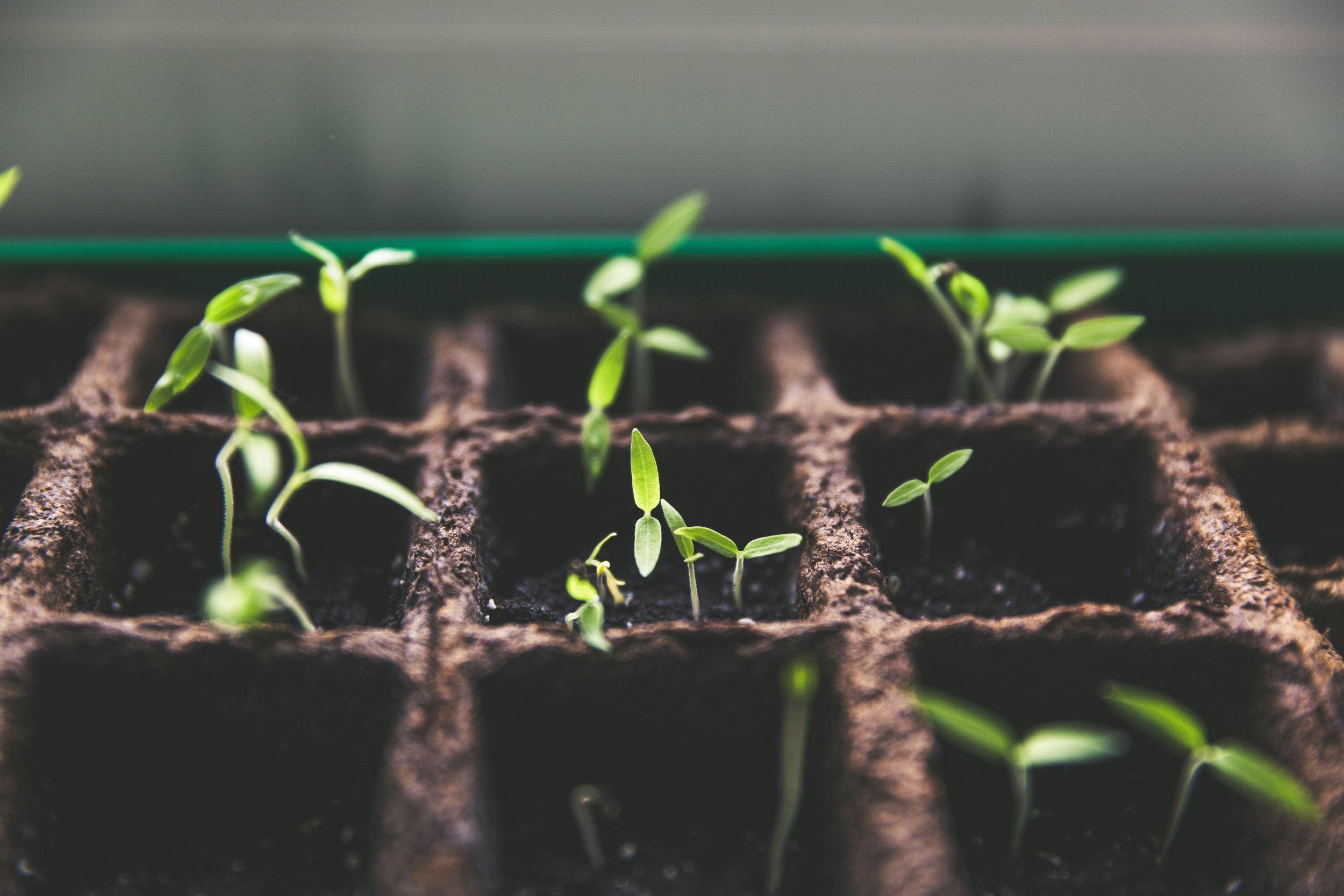If My Nose Could Reclaim Heritage
By Charissa Grace Howes
L
ook at my nose.
It’s like my mother’s.
If it were a map,
Starting from the north you can trace down a flat bridge,
Leading to the southern tip, which is more of a round hill.
On the east and the west, blended into the hill are two undefined wings,
Giving wider spaces for the caves of my nostrils to set.
This geography gives clue to my Asian descent,
A feature inherited from my Filipina mother.
While my fair skin and brown hair are shared with my Spaniard father’s side,
My nose is not theirs.
Not their steep, narrow bridges that lead to the sharp, mountain peaks of Europe.
But rather, I acquired the softer valleys and rolling hills of the Southeast Asian regions.
An inherited landscape that was frequently critiqued by my first-generation Filipino elders.
Pango. Tagalog for flat-nosed.
Often said with dissatisfaction, and has a slight ring of “pangit” echoing in the pronunciation.
Pangit meaning ugly.
White skin and sharp noses are features that achieve beauty.
Standards that seem unreasonable among a people that generally have brown tones and flatter nozzles.
In my grandparents’ Kansas City apartment,
Lola observed my toddler nose.
She would pinch and press the bridge,
Like how I worked my blue Play-Doh,
As if what was previously designed could still be manipulated.
Perhaps, while still young, the structure had a chance to mold into something more defined, more Anglo, or more …not Filipino.
Looking at my nose, a fourth grade classmate inquired,
“Why do you have a baby nose?”
Did she mean “Cute as a button”?
I started to notice the noses of the other kids.
Or did she mean that the rest of my face grew up,
but my nose got stunted in growth?
In Middle school, I discovered the awkward dance
between my first pair of eyeglasses and my nose.
My low bridge was too shy to support my cool new specs,
Resulting in them constantly sliding down my face,
and me, incessantly, pushing them back up.
I retired to contact lenses instead.
High school is where I started experimenting with makeup.
A YouTube history comprised of contouring tricks,
Blending darker lines strategically around my flat bridge,
To give the illusion that I was blending in with my Caucasian peers.
In my college dorm, I remembered Lola’s trick.
Pinching the middle of my face every night before sleep,
Hoping to wake up with a nose a little more defined.
Silly solutions for what started to feel like a silly insecurity.
In grad school, my nose received its first accessory.
A spontaneous outing with colleagues to get piercings.
Would a ring look good on the nostril of a wide nose?
Or maybe a small silver stud would do.
But with no crease in my wings,
Neither had a place to land on the wide plains of this nose.
When Mom first saw the sparkle,
A small, subtle stud on the right nostril,
The outrage wasn’t toward the piercing, itself,
But rather, “Why would you draw attention to your flat nose?”
While secret insecurities were confirmed out loud,
Boldness was sparked to question this inherited shame.
Among family, I have often felt not “Filipino enough,”
Yet the few obvious Filipino traits about me have come with hiya or shame.
Filipinas who represented for Miss Universe modeled their sharp noses.
But in Walmart, whenever encountering other Asian faces,
Their nose was the first feature I would inspect
to determine possibilities of shared Filipino blood.
Is it pango?
Does their nose look like mine?
Finally a day arrived when I whispered with pride:
Look at her nose.
It’s like mine.
To my mother’s denial,
In the middle of my newborn’s face,
featured our Asian descent.
Fearfully made,
A low bridge was knitted together,
leading to a little hill on my one-fourth Filipina daughter.
This little nose is the explanation point of the next sentence in our story:
We praise You, wonderful are Your works!
So as we reclaim what was earlier shamed,
The hiya starts to shed for our children.
Anak, maganda ang ilong mo.
Child, your nose is beautiful.
Photo by JC Gellidon on Unsplash
Charissa Howes is a second-generation, mixed Filipino American, born and raised in Kansas City. She is currently living in the Philippines with her husband and two daughters and is pursuing an MA in intercultural studies. Writing psalms, watching cooking competitions, and a cappuccino from the nearby 7-Eleven is what keeps her going as she embraces her identities of motherhood, servanthood, and lifelong student.
More in this Series
Help us continue the work of empowering voices. Give today.





